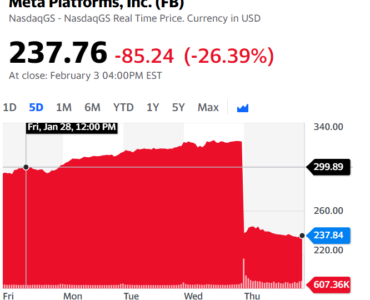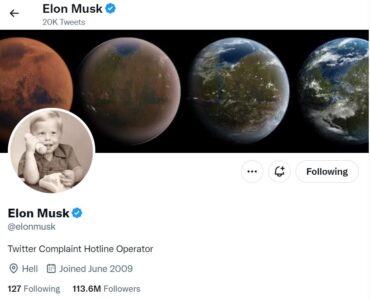The world is still abuzz with the state-sponsored assassination of Qasem Sulemani. This triggered talks of a US-Iran war. Then came the unintentional downing of the Ukrainian International Airlines jet by Iran which claimed the lives of 176 souls. This caused mass riots by thousands of irate Iranians who are demanding the ouster of Iran’s ruling class.
In a move reminiscent of the airborne leaflet propaganda used in World War II, US President Trump issued a pair of tweets to the citizens of Iran in both English and Farsi. These tweets were intended to encourage the Iranian people to rebel against their leadership and further destabilize the regime which has always been at odds with the US.
To the brave, long-suffering people of Iran: I've stood with you since the beginning of my Presidency, and my Administration will continue to stand with you. We are following your protests closely, and are inspired by your courage.
— Donald J. Trump (@realDonaldTrump) January 11, 2020
به مردم شجاع و رنج کشیده ایران: من از ابتدای دوره ریاست جمهوریم با شما ایستادهام و دولت من همچنان با شما خواهد ایستاد. ما اعتراضات شما را از نزدیک دنبال می کنیم. شجاعت شما الهام بخش است.
— Donald J. Trump (@realDonaldTrump) January 11, 2020
To the brave, long-suffering people of Iran: I've stood with you since the beginning of my Presidency, and my Administration will continue to stand with you. We are following your protests closely, and are inspired by your courage.
— Donald J. Trump (@realDonaldTrump) January 11, 2020
به مردم شجاع و رنج کشیده ایران: من از ابتدای دوره ریاست جمهوریم با شما ایستادهام و دولت من همچنان با شما خواهد ایستاد. ما اعتراضات شما را از نزدیک دنبال می کنیم. شجاعت شما الهام بخش است.
— Donald J. Trump (@realDonaldTrump) January 11, 2020
Trump’s use of tweets to send messages to foreign countries

This would not be the first time that President Trump has targeted tweets at foreign leaders or at the people in foreign countries. Trump is known to tweet about anything and everything, and for example has targeted tweets at both the people of North Korean and its leader Kim Jong Un (Rocket Man).
Another example at his attempt at foreign intervention through tweets can be seen in this tweet from last November:
This is the time for Mexico, with the help of the United States, to wage WAR on the drug cartels and wipe them off the face of the earth. We merely await a call from your great new president!
— Donald J. Trump (@realDonaldTrump) November 5, 2019
But just like in the Farsi tweets, Trump has also tweeted in Spanish like in the example below.
— Donald J. Trump (@realDonaldTrump) September 18, 2019
Translation:
No more
No more false asylum
No more catch and release
No more illegal entry into the United States
Who translates for the President?
When Trump wants to tweet in a foreign language, who translates it for him? It is not done using machine translation-the quality is too good. I assume that someone on the President’s staff enlists the services of a good translator for that purpose. Certainly there is no shortage of good translators in the State Department and the CIA.
Do the intended recipients of the tweets even see them?
In the case of the Mexican tweets, we can assume that the Spanish tweets reach their mark as Twitter use is unrestricted in Mexico. But in Iran? The Iranian regime has recently censored all Internet use in the country so it is questionable as how many Iranians actually read the Farsi tweets, It would also explain why Trump has never tweeted in Chinese nor target Chinese people with his tweets, as Twitter is blocked in China.
Should Trump translate his tweets into other languages?
Can we expect Trump to send more officially-translated tweets? It makes sense, since some of Trump’s tweets are very difficult to translate using machine translation. If a tweet is targeted to a large population in a foreign country, it is dangerous to rely on people using machine translation to translate a tweet. Twitter uses Google Translate to allow translation of tweets from within Twitter. Trump’s tweets are often written in very informal, idiomatic English which do not lend itself well to machine translation. For a tweet to hit its mark, it is better for the writer of the tweet (in this case Trump) to control the translation at the source and tweet directly in the target language.
That’s why I say that we can expect to see more translated tweets by President Trump.





